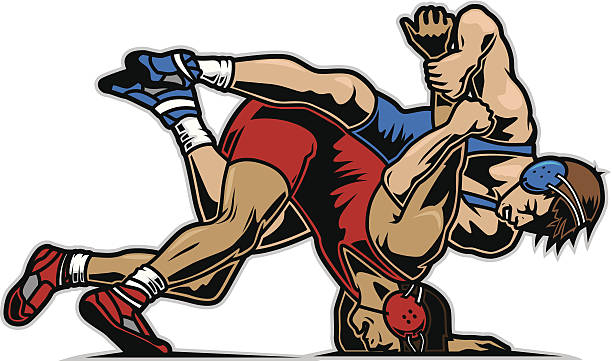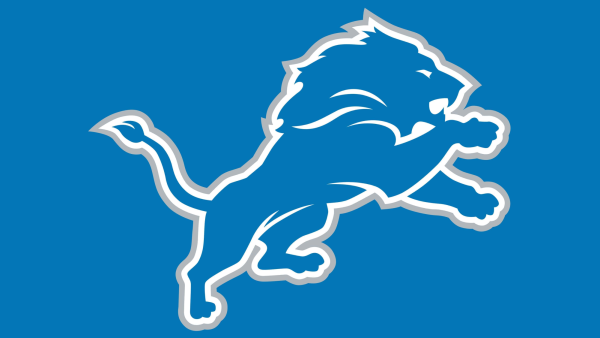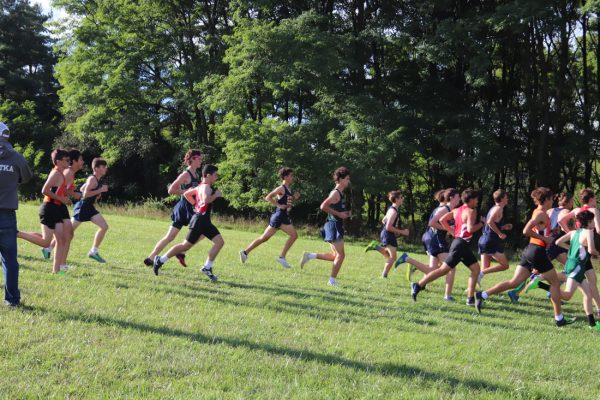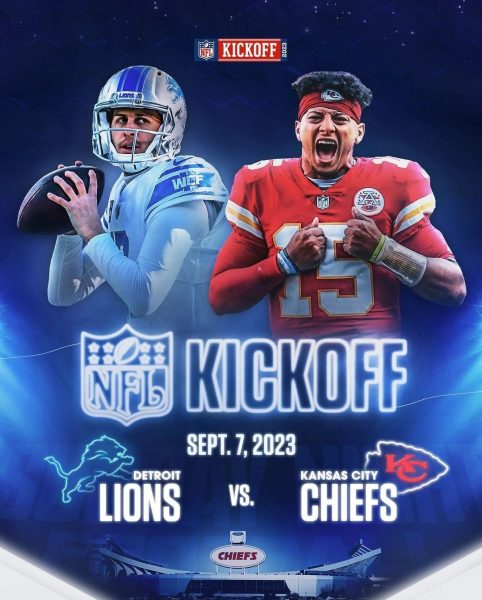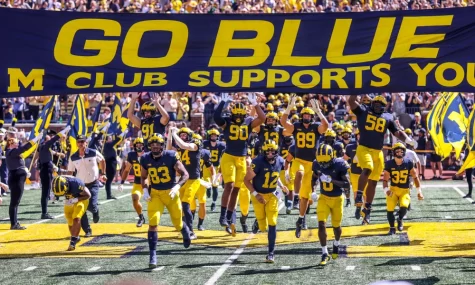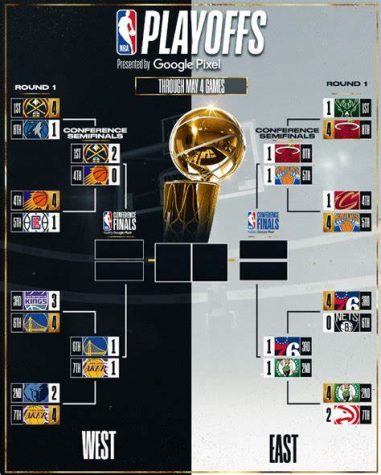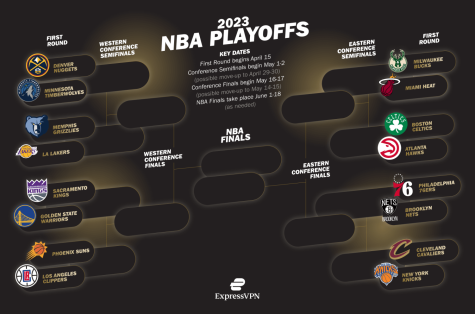What is Wrestling?
With winter approaching, wrestlers are gearing up for the upcoming season. Just like in any sport, wrestling has spectators and fans who love to cheer on their favorite competitors. But what is all the hype really about? Why do people get so excited at a sport that’s seemingly simple and barbaric? Many people may have questions like these about the sport. The sport of wrestling has been somewhat of an overlooked sport, so the rules and objectives aren’t commonly known.
In simple terms, wrestling is a contest in which two unarmed individuals attempt to subdue each other in a grappling manor. In modern day wrestling there are more rules to it. Each contestant will have their weight taken to determine their weight class. Their competitors will all be a part of that same weight class. After the weigh-in, the competition begins, with wrestlers going head-to-head in a bracket style tournament. Each match is directed by a referee, who makes all the calls and decisions. Each wrestler will perform their own series of moves, both defensive and offensive, to try and subdue their opponent. Each match (in high school wrestling) is 6 minutes long and consists of three two-minute periods. After the end of the first period there will be a coin flip that decides which wrestler gets to decide the starting position for the next period. They can choose to start on the bottom (on hands and knees), on top (arm around opponents’ waist and other hand on opponents’ elbow), or neutral (both wrestlers start on their feet). Wrestlers can also defer the coin toss if they win, and instead choose the starting position at the start of the second period. At the end of the second period, the wrestler who lost the initial coin toss or chose to defer, will choose the starting position.

The points system in wrestling may be the most confusing part of the sport for most people. With each take down, the wrestler who took down the other will receive two points. In order to be awarded a take down, the wrestler must be fully behind their opponent, who must be contacting the mat with at least three different points of their body. If there is a takedown, the wrestler on bottom must try to escape from the bottom position while the wrestler on top must try to turn over their opponent and expose their back to the mat. If a wrestler manages to escape from the bottom position and return to their feet, they will be awarded 1 point. If a wrestler in the top position manages to expose their opponents back to the mat for at least 3 seconds, they will receive 2 points, and if they expose their opponents back for at least 5 seconds, they will receive 3 points. This is called “near-fall”. A wrestler can also be awarded points if their opponent breaks certain rules like unnecessary roughness, taunting, performing an illegal move, or doing anything the referee sees as misconduct. The wrestler who has the most points at the end of the third period wins. However, this is not the only way to win the match. If at any point in the match, either wrestler’s back is pinned to the mat under the control of the other wrestler, the opponent who pinned the other will be awarded the win. This is called a fall or a pin. Also, if a wrestler is up by 15 points or more, the match will end by technical fall. If there is an even score at the end of the third period, the match will go into overtime. In overtime, the first wrestler to take their opponent down wins.
In Team competition, or dual meets, each team will have a roster of wrestlers for each weight class. There will be one match for each weight class and usually 14 weight classes (depending on the states rules). The matches will all count towards team points. If a wrestler wins by normal decision (win with less than six more points than opponent) the team in which the winning wrestler is representing, will be awarded 3 team points. If a wrestler wins by major decision (win with at least seven more points than opponent) the team will be awarded 4 points. If a wrestler wins by technical fall, the team is awarded 5 points and if a wrestler wins by fall, the team is awarded 6 points. Whichever team has the most team points by the end of all the weight classes wins.
Wrestlers must dedicate their whole lives to their sport. During the season, wrestlers must watch their weight every day, to make sure they make weight for their meets and tournaments. Many wrestlers cannot eat or drink anything for extended periods of time to make sure that they can make weight. Many wrestlers must go to two-to-three-hour long practices on completely empty stomachs wearing multiple layers of clothing to try and get any fluids they have in them, out. Sure, this can cause health problems especially for growing teenagers, but it is the sacrifice that many wrestlers must pay.
So what makes wrestling exciting and entertaining? Many wrestling matches can be very close in score and many spectators will be indecisive as to which wrestler will win. The match could down to the wire the whole match, and one wrestler does a crazy maneuver to win. Or a wrestler could be dominating the whole match and the other wrestler catches him and pins him. Dual meets can come down to the last match and upsets aren’t uncommon. here are so many possibilities in the sport of wrestling, anything can happen. Many fans fire up to watch and cheer on the wrestlers and they will get more excited than the contestants themselves. When two wrestlers who are very good are set to compete against each other, the anticipation for action is high. It’s like preparing to watch an unstoppable force meet an immovable object.
Your donation will support the student journalists of Dakota High School. Your contribution will allow us to purchase equipment and cover our annual website hosting costs.

Drew Astorga is a senior at Dakota High School. Drew is interested in music, lifting, and wrestling. This is the first year that Drew is working on the...

